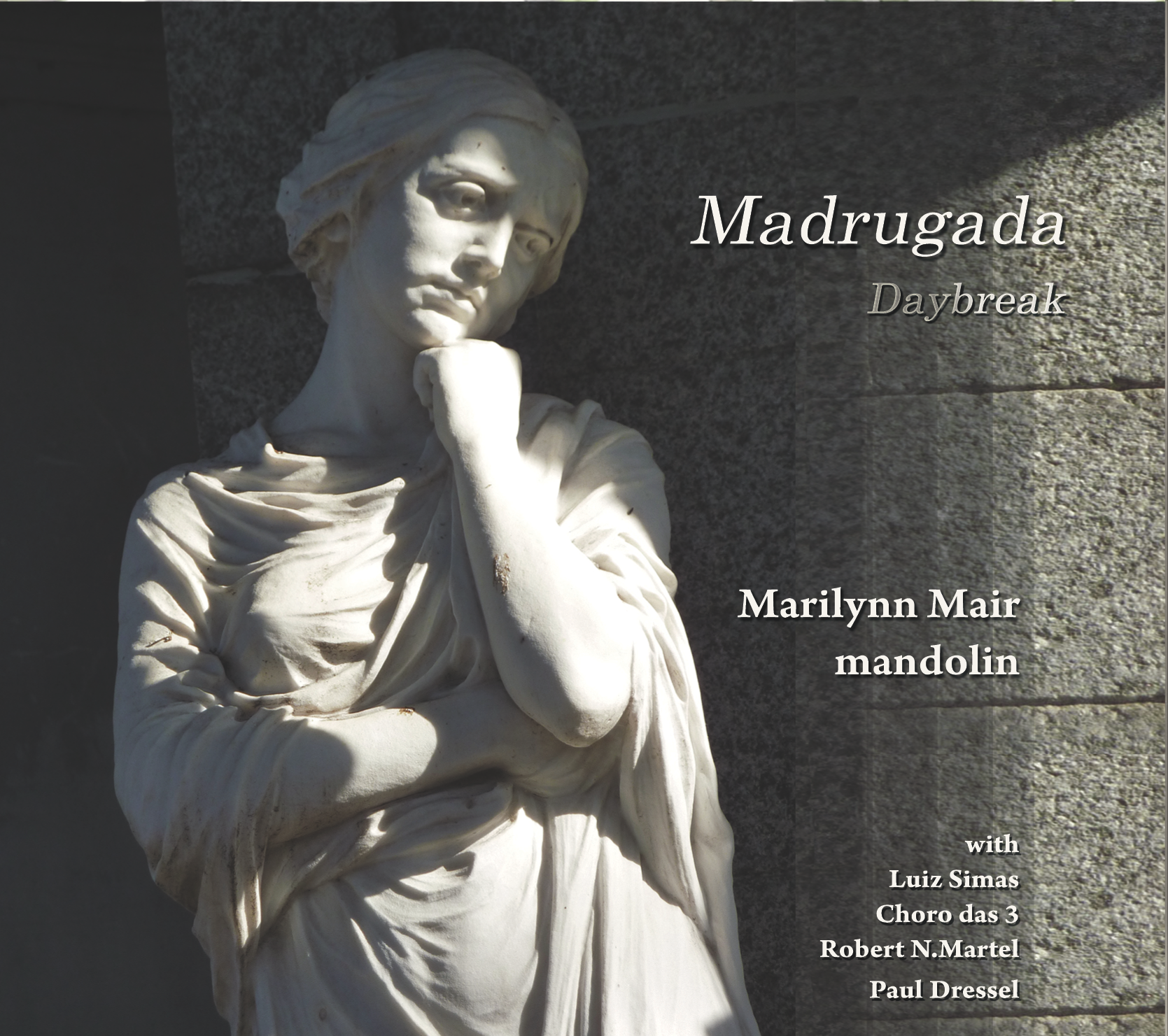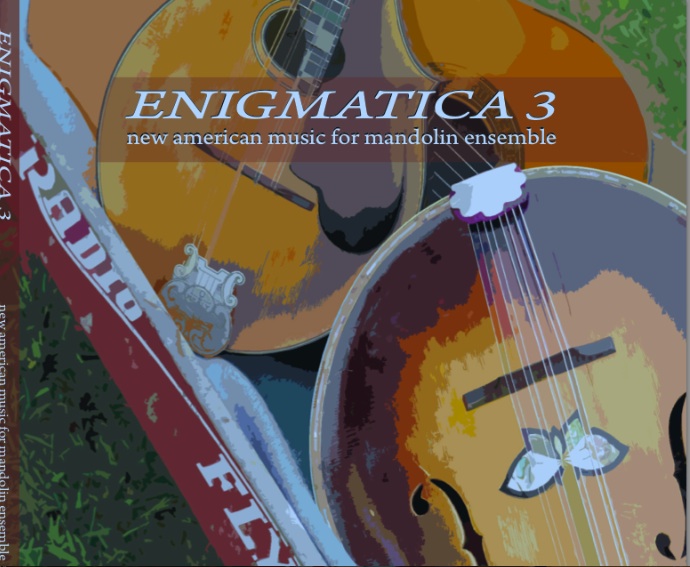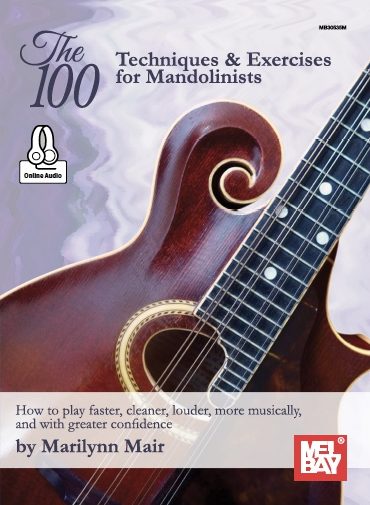based on an article that originally appeared in “Mandolin Quarterly,” 2004, Vol. 9 Nr.1
Download pdfs of the sheetmusic associated with this article: Flor_Amorosa, Carnaval of 1905
In the last two articles I’ve looked at the music and careers of two important pioneers of Brazilian choro, Ernesto Nazareth (1863-1934) and Chiquinha Gonzaga (1847-1935). Both were pianists who wrote for piano and small ensembles, with Chiquinha writing for musical theater as well. Both began composing in a European-inspired style, writing polcas, habaneras, and other European dances, but gradually began to change their writing, as they listened to the performance styles of street musicians and popular, if controversial, Afro-Brazilian dances. Their music started to incorporate a new sound, different from European models, that was immediately identified as nationalistic by a newly-independent Brazilian public. It was a sound that, similar to North American ragtime, syncopated rhythm in a distinctly non-European way.
Though it began as an unnotated performance style, choro soon evolved into a musical genre, just as the marches played on the piano in “ragged time” in the United States developed into North America’s nationalistic style of “ragtime,” and the 1880’s improvisations of New Orleans trumpeter Buddy Bolden and others evolved into the genre of Dixieland jazz by the 1920’s. The term “choro” was used informally at first to refer to the style of playing, or a particular instrumental ensemble. Though it began as an unsophisticated street-music style, choro gradually evolved, through the work of Nazareth, Gonzaga, and others, into the earliest genre of authentically Brazilian music. Nazareth called his elegant piano compositions “Brazilian tangos,” to distinguish them from the cruder street performances, and Gonzaga actually used the word “choro” to identify only a few of her compositions. Nonetheless, they, along with other 19th century Brazilian composers, were creating the roots of contemporary choro, a genre that has endured for over a century.
Along with Nazareth and Gonzaga, two important composers from the Afro-Brazilian community, Joaquim Calado and Anacleto de Medeiros, helped shape the 19th-century style of choro in Brazilian instrumental ensembles. Joaquim Antonio da Silva Calado (1848-1880) was the first composer to actually write a piece that was called a choro. Calado, a mulatto, was born in Rio to a family of former slaves. His father was a band leader and music teacher, and Calado soon became know as a flute virtuoso. He was a well-loved performer and, when he began to write music, was the first Brazilian composer to popularize Afro-Brazilian dance forms such as the lundu, polca-lundu, and maxixe. Calado frequently participated in informal “roda de choro,” music sessions held in a home or club where players improvised in what was becoming the new choro style. “He is considered one of the first musical nationalists in Brazilian popular music: he recognized the choro as a means by which to pull away from European dominance in the popular arts, leading the movement of the choro from a manner of performance to a genre.” (Thomas Garcia, “The Brazilian Choro: Politics and Performance,” Ph. D. diss., Duke University, 1997, p. 161).
Calado’s most famous composition, “A Flor Amorosa,” written in 1868, is widely considered to be the first written choro. As a professor of American music, I also find Calado an interesting link between choro and North American syncopated music styles of the same period. In 1869, he performed in concert in Rio with the virtuoso New Orleans pianist/composer Louis Moreau Gottschalk (1829-1869), a performer who was hugely popular in Brazil. The similarities between the Creole syncopations and melodies of Gottshalk’s highly original compositions, like “The Banjo,” or “La Bamboula,” and those of choro, considered along with Gottschalk’s star status as a performer, suggest that Gottschalk’s music may have had an influence on the developing choro style, as it certainly did on the style of American ragtime emerging in the same period. The same year that Calado played in Brazil with Gottshalk, he wrote the piece that many say brought him to national attention, “Querida por Todos” (Loved By All), dedicated to his friend and fellow composer, Chiquinha Gonzaga.
In 1870, Callado formed the group “Choro Carioca,” the first ensemble named for the choro style. “Carioca” is the nickname for a resident of Rio. The group was comprised of flute, two guitars, and cavaquinho, an instrumentation similar to the earlier modinha or “musica de barbeiros” ensembles popular in Brazil. The modinha, a sentimental, lyrical art song that migrated from Portugal to Rio, was sung in cafés or as outdoor serenades accompanied by flute, guitar, and cavaquinho. “Musica de barbeiros” was played by ensembles of black and mulatto barbers who also worked as musicians, playing modinhas, lundus, and polcas for middle-class white parties in groups of two guitars, cavaquinho, and often a flute. “Choro Carioca” was a great success, and a few year later, when Chiquina Gonzaga was forced to choose between her music career over her husband and family and strike out on her own into the uncertain world of the self-employed musician, Calado invited her to join his group as its pianist. His sponsorship helped Gonzaga to establish herself in Rio music circles and gave her first-hand performing experience in the choro style.
Another important choro pioneer was Anacleto Medeiros (1866-1907), a composer and musician who helped develop choro in the context of the marching band. The son of a freed slave, Medeiros began to study music at the age of nine, and earned a degree from the Rio Conservatory when he was 20. He became well-known locally as a composer and performer on flute, clarinet and saxophone. His greatest musical impact, however, began in 1896, when he founded and conducted Rio de Janeiro’s most famous military band, the “Banda do Corpo de Bombeiros” (Band of the Firemen’s Corps). Under Medeiros’ baton, the Banda do Corpo de Bombeiros became known for its precision and its lavish Carnaval spectaculars. In 1902, it was the first Brazilian group asked to record cylinders and discs for the newly-established recording studio of Casa Edison.
Medeiros “was also a regular participant at a ‘roda de choro’ at the Cavaquinho de Ouro, a music store in downtown Rio de Janeiro, where he played regularly with the young guitarist/composer Heitor Villa-Lobos.” (Garcia, p. 177). Medeiros wrote and arranged over 100 marches and choro for the Banda do Corpo de Bombeiros, notating the music in formal scores, previously unnecessary in the oral tradition of the roda de choro. Many of his pieces, including “Iara,” and “Imploranda,” achieved great popularity at the time, and are still performed by choro groups today.
These two composers had a big impact on the emerging genre of choro. I’ve transcribed a piece from each to lead-sheet format for this issue of Mandolin Quarterly: Joaquim Calado’s “Flor Amorosa ” and Anacleto de Medeiros’ “Carnaval of 1905”. Calado’s piece alternates measures of running 16th notes with the 16th-8th-16th figure frequently found in choro, and includes some anticipations of the second beat in the measure. In Medeiros’ piece, the simple dotted rhythms in the first section, as well as the 16th-8th-16th rhythms, start the piece off with a lazy swing. The second and third sections incorporate a syncopated anticipation of the beat frequently used in contemporary choro.
It’s interesting to note, too, how Medeiros syncopates typical marching band figures in the third section. A 16th-8th-16th bass-chord-chord accompaniment pattern will work well for both of these pieces, with short quick chord changes for the cadences in “Carnaval of 1905”. Next issue we’ll begin to look at choro in the 20th century, with an article on the music and career of Pixinguinha, generally considered to be the first great composer of choro music, and the originator of samba.
Return to the Choro Articles page.




